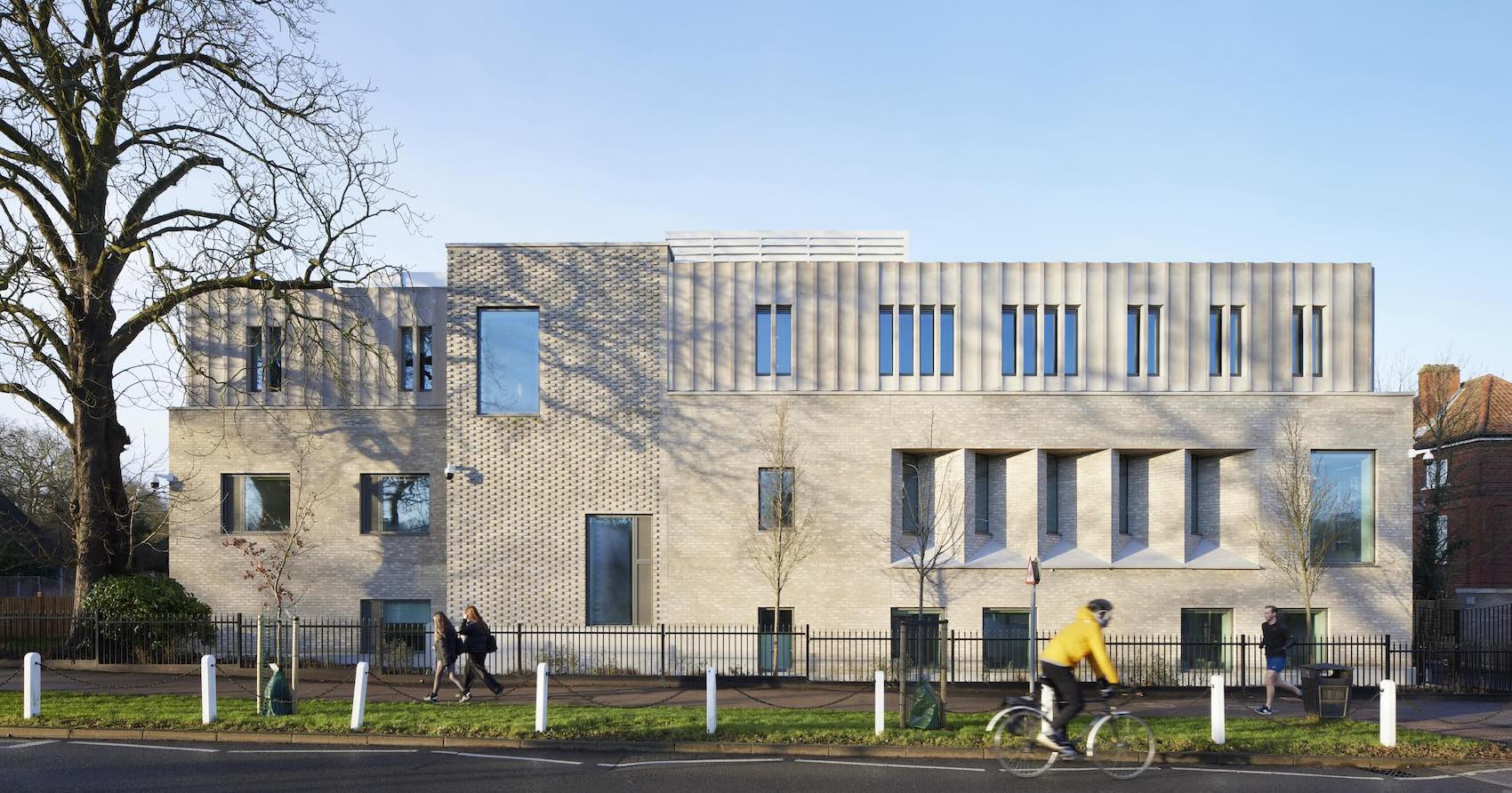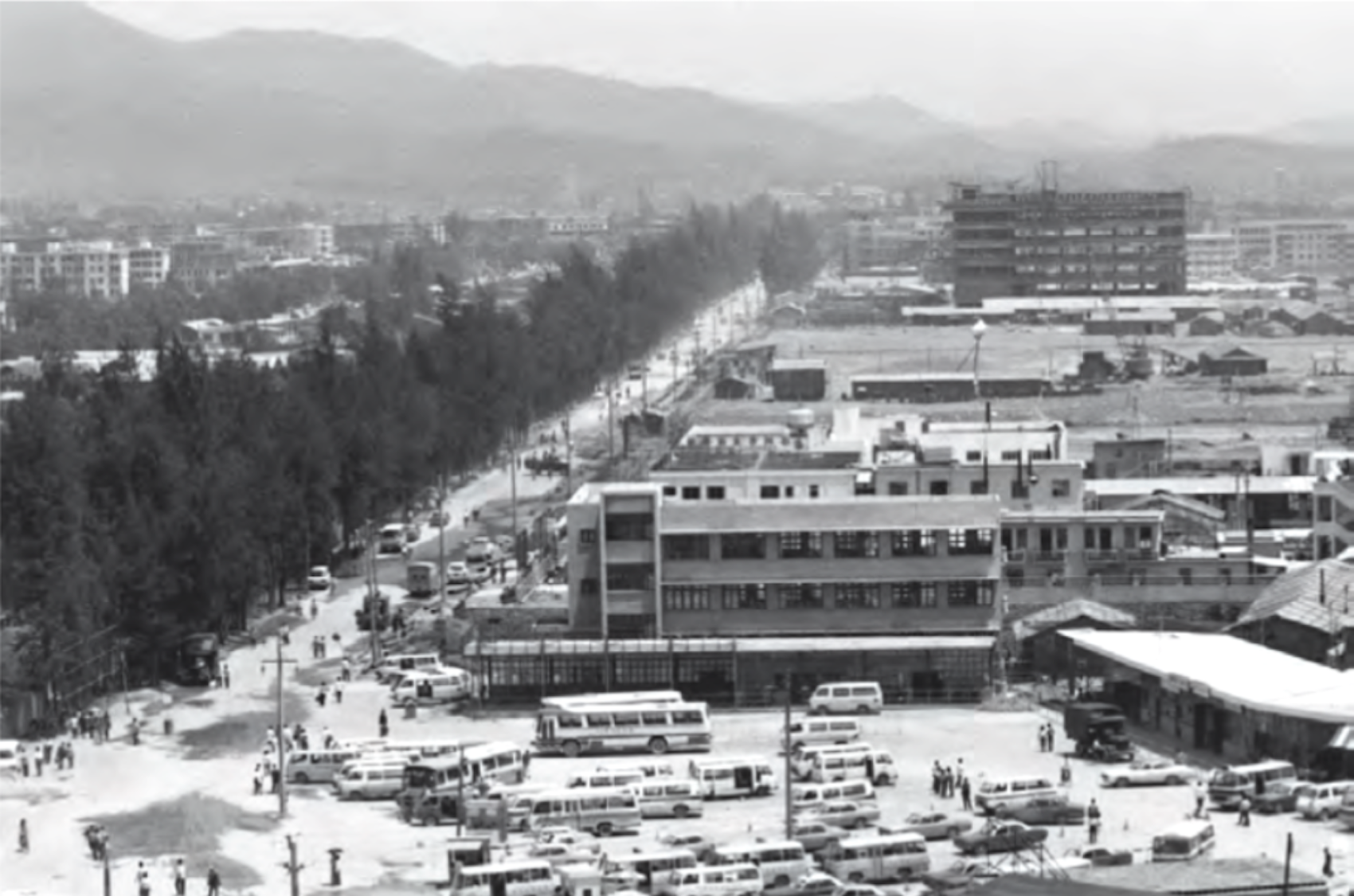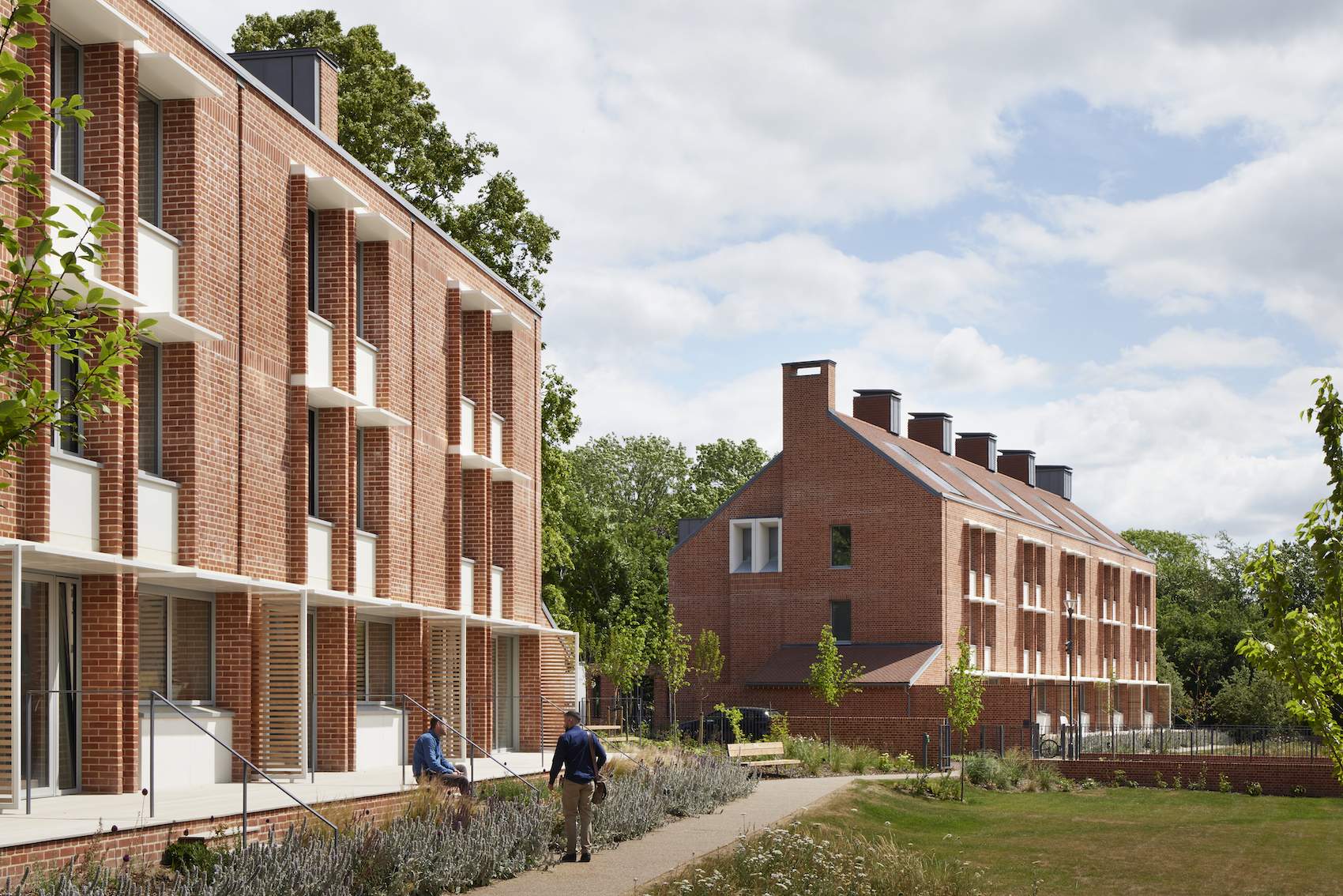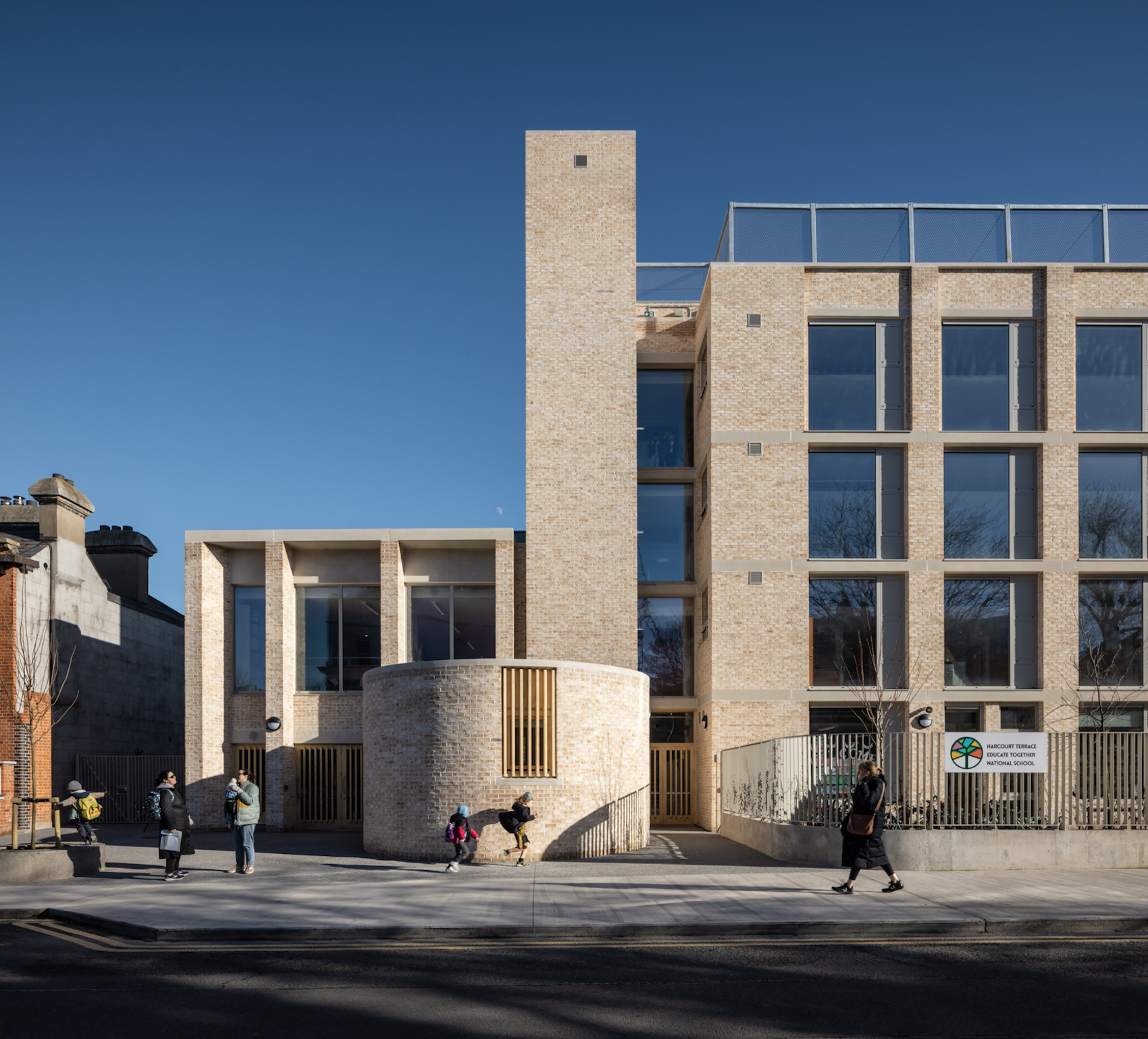Architect John Pardey explains why he felt compelled to write Reflections, a series of short essays on some of the 20th Century’s greatest buildings, to be published as a monthly series by Architecture Today.
‘If I have seen further, it is by standing on the shoulders of giants.’
— Isaac Newton, 1675
The following series of short essays began with my increasing concern about the new generation of architects who increasingly gain inspiration from social media, who rarely visit great buildings, and read screens not books.
I wanted to be an architect because of a family friend, a retired architect, kept telling me that I MUST be an architect, as he admired my ability to draw well at a young age. And I did love drawing. So architecture seemed to be a great to earn a living. So after a few lost years (my parents were lovely, but lived a simple village life in the New Forest and had no interest in my dream to go on to study) I moved to London with my supportive girlfriend (later wife and long-suffering architecture widow) and joined a school of architecture in London. He was right. I loved the subject, which I saw as a combination of my love of art and drawing – with some annoying additional aspects like structure and contracts!
Starting my own career as an architect at the age of 31, after four years spent working for architectural firms, I had to do my own thing. Finding work was hard to come by (who is going to trust a young architect with limited experience with their life’s savings?) so I spent the next fifteen years as a lecturer at various schools of architecture.
One thing you learn quickly trying to teach architecture is that you simply cannot teach it. You can only point the way and show examples of great buildings – and be extremely critical of everything. For me, visiting buildings, and endless joyous hours in libraries, showed me the way forward. Today, I lament how little the younger generation knows about what has gone before, relying far too much on search engines and Pinterest. History is the greatest teacher.
Human culture through the ages has given us a plethora of great buildings, towns, cities and landscapes, giving us an enormous resource to learn from. This is our inheritance. I have been fortunate to spend most of my vacations travelling to look at buildings (apart from kitesurfing trips!) and the impact when you walk into the real thing is always profound. How could anyone design a building without knowing intimately some of the very greatest buildings ever built?
This is an attempt to provide a short account of some of the 20th century’s greatest buildings of all scales – with a few from the Industrial Revolution that began to exploit the new materials of that age – and try to uncover what each did to move architecture forward. I am of course also interested in buildings from earlier centuries, but they lack relevance to the modern world in so many ways, unless you are the kind of architect that believes, as sadly many still do, that we can mask buildings in styles that evoke a decorous past (without the short life span, widespread poverty, no welfare state or central heating). What they do demonstrate, however, is the importance of proportion and geometry in the built form.
If this encourages those interested in architecture, or students studying the subject, to understand and visit some of these great buildings, then my venture would have been worthwhile. The list of buildings covered is of course far from exhaustive, but hopefully they knit together to tell a wider story.














